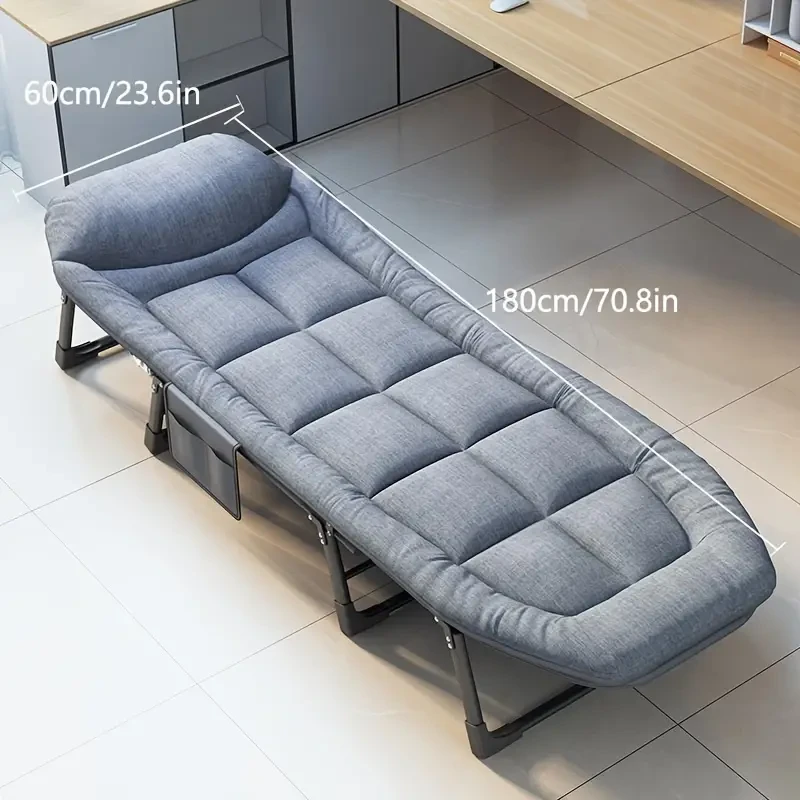



Spine Model Small Spine Model Human Lumbar Spine 40 cm
Approx $44.57 USD
Introduction to the Small Human Lumbar Spine Model – 40 cm
The Small Human Lumbar Spine Model, standing at 40 cm, is a compact and realistic educational tool designed to demonstrate the anatomy of the lumbar spine. This model focuses on the lumbar vertebrae, offering a clear view of each vertebral structure, intervertebral discs, and key ligaments, making it ideal for understanding spinal alignment, movement, and common lumbar issues. Perfect for medical students, healthcare professionals, and educators, this model is suited for anatomy classrooms, clinics, and physical therapy settings across New Zealand. With its portable and easy-to-handle design, the Small Lumbar Spine Model is essential for studying lower back health and spinal function.
H2: Key Features of the Small Human Lumbar Spine Model – 40 cm
1. Detailed Lumbar Vertebrae Anatomy
This model provides a realistic depiction of the five lumbar vertebrae, including essential structures such as the vertebral bodies, spinal canal, spinous processes, and transverse processes. Each vertebra is carefully crafted to reflect its unique shape and function, allowing students and professionals to study the lumbar spine’s role in bearing body weight and enabling movement. This detailed design is crucial for understanding the anatomical basis of lumbar pain and spinal health.
2. Intervertebral Discs and Ligaments
The model includes intervertebral discs and supporting ligaments, illustrating how the lumbar spine maintains stability and flexibility. The discs are represented with a realistic texture, showing their role in cushioning and separating each vertebra. Ligaments such as the anterior and posterior longitudinal ligaments are also included, demonstrating how they stabilize the spine. This feature provides insight into the biomechanics of the lower back and the importance of healthy disc and ligament function.
3. Compact, 40 cm Size for Portability
Standing at 40 cm, the Small Lumbar Spine Model is compact and lightweight, making it easy to transport and display in various settings. Its manageable size allows it to fit on desks, shelves, and demonstration tables, providing flexibility for educators and clinicians. This portability is especially beneficial for hands-on learning and clinical demonstrations in classrooms and healthcare facilities.
4. High-Quality, Durable Construction
Constructed from non-toxic, high-quality materials, this model is designed for regular handling in educational and clinical environments. Its durable build ensures that it retains its shape and detail over time, making it suitable for anatomy classrooms, physical therapy centers, and orthopedic clinics. The quality construction provides a reliable and long-lasting resource for teaching and learning about lumbar spine anatomy in New Zealand.
5. Movable Parts for Demonstrating Spinal Flexibility
Many models feature flexible joints and movable parts that allow users to simulate spinal movement, including bending and rotation. This flexibility demonstrates the range of motion in the lumbar spine, helping learners understand the mechanics behind spinal movements. This feature is particularly useful for physical therapy training, as it helps illustrate concepts related to flexibility, spinal alignment, and back pain.
6. Display-Ready and Stable Design
Designed to stand securely, the model comes with a stable base that keeps it upright during study sessions or demonstrations. Its display-ready design allows it to fit seamlessly into various educational and clinical settings, from classrooms to consultation rooms. This stability ensures that users can handle the model without worrying about tipping, making it ideal for interactive learning.
H2: Why Choose the Small Human Lumbar Spine Model – 40 cm?
1. Essential for Anatomy and Physical Therapy Education
This lumbar spine model is a vital resource for teaching lower spine anatomy and mechanics in medical and physical therapy programs. The detailed design of the vertebrae, discs, and ligaments allows students to visualize spinal structure and understand conditions that impact the lower back. For students in New Zealand, this model provides an accessible way to learn about lumbar health and spinal movement.
2. Perfect for Orthopedics and Pain Management Training
In orthopedic and pain management training programs, this model is essential for studying common lumbar issues such as herniated discs, sciatica, and degenerative disc disease. Trainers can use it to explain spinal alignment, posture, and lumbar support, making it ideal for those studying lower back pain and injury prevention.
3. Supports Visual and Kinesthetic Learning
The model caters to both visual and kinesthetic learners, making it versatile for various educational needs. The realistic structure supports visual learners, while the movable parts allow kinesthetic learners to interact with the model. This hands-on approach enhances retention and makes learning about lumbar anatomy and spinal health more effective.
4. Useful for Exam Preparation and Practical Assessments
For students preparing for exams or practical assessments, this model serves as a valuable study aid. Its realistic design and labeled parts make it easy to review lumbar anatomy and understand the mechanics of spinal movement, reinforcing essential knowledge needed for exams. Medical and physical therapy students benefit from this interactive approach to studying lumbar health.
5. Educational Display for Clinics and Classrooms
Beyond its educational value, the Small Lumbar Spine Model serves as an engaging display for clinics, classrooms, and physical therapy facilities. In clinical settings, it provides a visual aid for explaining lumbar issues to patients, helping them understand conditions related to lower back pain. For educators and healthcare providers in New Zealand, this model promotes greater awareness and understanding of spinal health.
H2: Maintenance and Care Tips for Your Small Human Lumbar Spine Model – 40 cm
To keep your model in top condition, follow these care tips:
-
Dust Regularly: Use a soft cloth or brush to dust the model, especially around detailed areas like the vertebrae and discs.
Regular cleaning preserves the model’s appearance and prevents dirt buildup.
-
Avoid Direct Sunlight: Place the model out of direct sunlight to prevent colors from fading over time. Indoor display helps
maintain its vibrant look and quality.
-
Handle with Care: Although durable, handle the model gently, particularly when moving the flexible parts, to avoid damaging
delicate areas.
- Store Properly When Not in Use: If not displayed, store the model in its original packaging or a dust-free area to protect it from potential damage. Proper storage will help extend the model’s lifespan for long-term educational use.
Detailed parameters:
Product name: Human spine model
Material: PVC
Item number: 3525
Specification: 50C
Length: 40cm
Product features:
This spine model shows all the main features of each spine in great detail, including spine, nerve root, vertebral artery, intervertebral
disc, transverse process of spine and spinal section. It is an ideal teaching model for chiropractic therapy, plastic surgery and other
medical majors, as well as an ideal model for the company's health care. The main features include: 4cm high hard spine, pelvis, sacrum,
occipital bone, vertebral artery, nerve artery and lumbar intervertebral disc. There is a bracket base.






.gif)




















.jpg)



























.jpg)








































.jpg)









.jpg)


ulva-Logo.jpg)



